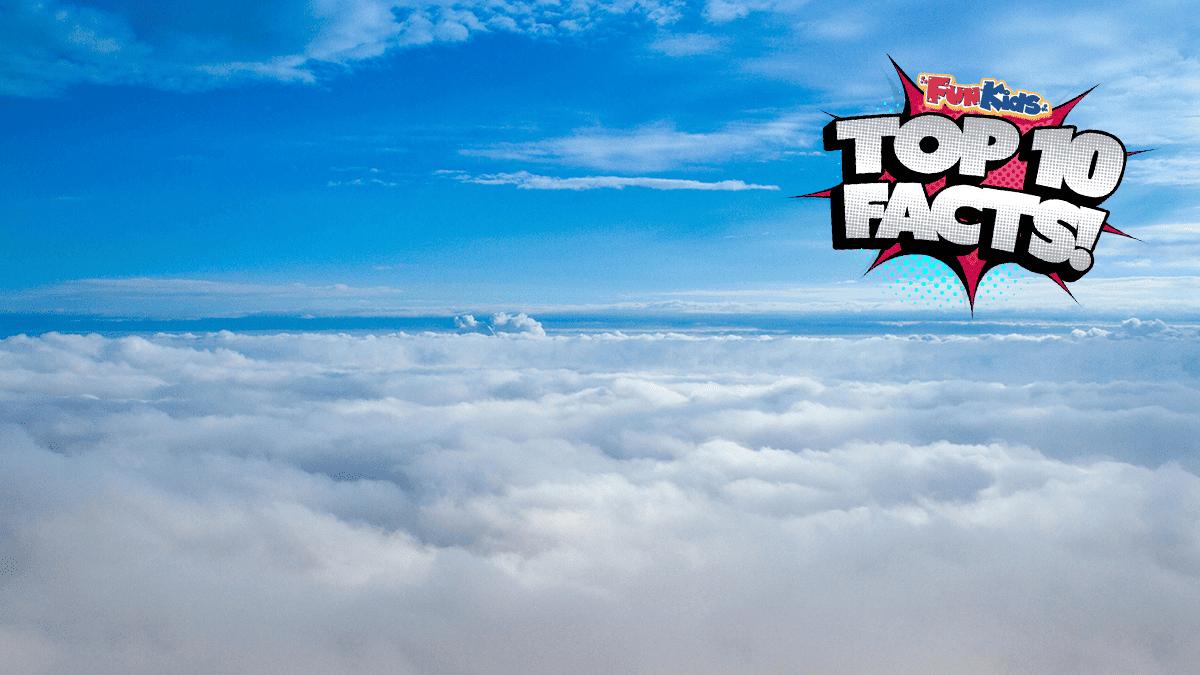Embark on an adventure through the secrets of a crucial element that surrounds us, making up a significant portion of our Earth’s atmosphere, oxygen! It was discovered centuries ago by pioneering scientists. From its role in sustaining life on our planet to its cosmic origins in the hearts of stars, this element holds mysteries that unravel in unexpected ways. Join us as we delve into its various states, its behaviour under pressure, and the subtle but profound ways it interacts with the world around us. Let’s uncover the captivating story of this elemental wonder, where science meets the unseen forces that shape our existence.
1. Oxygen makes up around 21% of the Earth’s atmosphere.
The air around our Earth, called the atmosphere, is a mix of special gases. The biggest part is nitrogen, making up about 78%, and oxygen is the next important one at around 21%.
This mix of gases makes sure our planet has the right ingredients for life to happen, from humans and animals to plants and tiny creatures.
It’s like a giant invisible shield that makes Earth just the perfect place to live!
Embed from Getty Images2. Oxygen keeps us alive!
Our bodies depend on oxygen to stay alive.
When we breathe in, our lungs pull in oxygen from the air, and it travels through our bloodstream to every part of our body, providing the energy we need to do all the amazing things we love.
This process, known as respiration, is vital for the functioning of our cells and organs.
Embed from Getty Images
3. It’s colourless, odourless and tasteless.
Although you can’t see it, smell it, or taste it, oxygen is always around us.
This invisible hero quietly does its job, ensuring that we can breathe without any fuss.
Embed from Getty Images
4. Stars produce oxygen in space.
Oxygen isn’t confined to Earth; it’s a cosmic traveller.
Stars produce oxygen through nuclear fusion during their lifecycle. This crucial element is forged in the fiery cores of stars and released into space during events like, eventually becoming a fundamental building block for planets and life in the universe.
5. Oxygen was discovered by Joseph Priestly OR Carl Wilhelm Scheele!
Some people think a scientist named Carl Scheele from Sweden found it first, even before another scientist named Priestley. Here’s the twist… Carl sent a letter about his discovery to another scientist, Lavoisier, but it got lost!
In the year 1774, a clever chemist named Joseph Priestley from England not only managed to separate the special substance but also proved that it was just one single chemical element, not a mix of different gases.
Priestley was the first to share his discoveries with everyone by publishing them. This way, other scientists could check out what he found and make sure it was true!
It’s a tricky one…
Embed from Getty Images6. Plants release oxygen because of photosynthesis.
Plants play a crucial role in the oxygen story. Through a process called photosynthesis, plants take in carbon dioxide and release oxygen. This incredible teamwork between plants and animals helps maintain the balance of gases in the Earth’s atmosphere.
Plants are like magical factories producing oxygen through a process called photosynthesis. They take in carbon dioxide from the air, use sunlight as energy, and release oxygen. It’s a fantastic system that keeps our air fresh.
Embed from Getty Images7. Oxygen isn’t just a gas!
While we mostly encounter oxygen as a gas, it can exist in different states.
Under certain conditions, oxygen turns into a liquid or even a solid.
Scientists have explored these unique states in laboratories and space missions.
8. It doesn’t always go solo, it forms compounds with other elements.
Oxygen doesn’t just go solo; it forms compounds with other elements.
Water, for example, is a compound made up of oxygen and hydrogen.
Learning about these common compounds helps us understand how oxygen interacts with different elements.
Embed from Getty Images
9. Oxygen behaves differently under pressure.
When oxygen is put under pressure, it undergoes changes in its physical properties. This means that its usual behaviour, like how it exists in the air we breathe, can be different when there is more pressure, such as in deep-sea environments or high-altitude conditions.
Scuba divers, for example, use tanks filled with compressed air containing a higher percentage of oxygen.
This allows them to breathe at varying depths underwater and explore the mysteries of the ocean.
Embed from Getty Images10. There are things we can do to keep up the Earth’s oxygen levels.
Planting trees, reducing pollution, and taking care of our environment help maintain the right balance of oxygen in the air.
By making small changes, we can ensure that the air stays fresh and full of the oxygen we need to live.
Embed from Getty Images Add a commentTop 10 Facts
From the Tudors to rocks to fish, we have all the best facts right here!
More From Top 10 Facts



